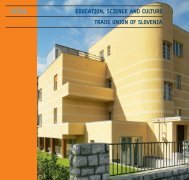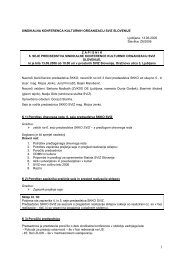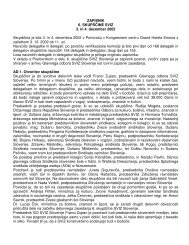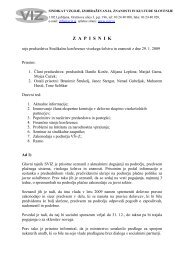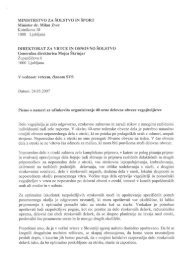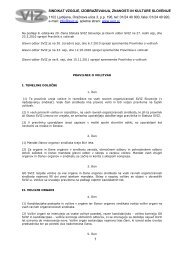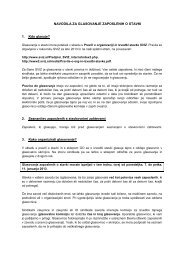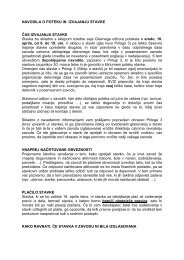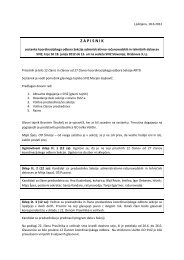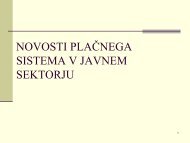You also want an ePaper? Increase the reach of your titles
YUMPU automatically turns print PDFs into web optimized ePapers that Google loves.
are virtuoso and arabesque, but not with the aim of confusing the listener<br />
or making an impression on him or her, but rather in order to conjure up as<br />
much dreaminess as possible. These are dreams of a pipe that believes that<br />
it has no borders.<br />
Ludwig van Beethoven dedicated his ‘serious’ string quartet from 1810 to<br />
his best friend, court secretary Nikolaus Zmeskall von Domanovecs. As well<br />
as being a good cellist Beethoven relied on Domanovecs’s advice for a range<br />
of practical matters, ranging from a recipe for good shoe polish to advice<br />
about how to fire a bad servant.<br />
The quartet was first performed publicly in 1814 and was published two years<br />
later in 1816. The uncompromising quality of the music is reflected even in<br />
the title, which the composer chose himself. Here seriousness has many faces:<br />
from depth of spirit, obscurity and pessimism to deep sorrow and hopelessness.<br />
However, this is not <strong>program</strong>me music describing concrete events or a<br />
particular state, but rather aphoristically dense absolute music that avoids a<br />
conventional and comfortable approach, constantly placing us ‘in medias res’.<br />
The first movement begins with the quartet’s motto – an austere figure in<br />
unison – followed by broken octave leaps. Almost without a transition the<br />
brighter second theme with triplets appears. In the development both of<br />
the central motives of the main theme interweave (the semiquavers and the<br />
dotted octaves), and the movement concludes with an agitated coda that<br />
fades into pianissimo. In the subsequent Allegretto the first theme is made<br />
up of two contrasting elements that together shape the flow of the movement:<br />
the ascending trajectory of the cello and the cantilena of the violin. The<br />
chromatic second theme leads to a fugato section. After the development<br />
the individual motives become increasingly fragmented, until only a handful<br />
of ‘sighs’ remain. In the explosive Scherzo Beethoven employs unusual tonal<br />
contrasts. The last movement is initiated with a melancholy introduction<br />
with sighing motives, followed by a tense and ambivalent conclusion: ‘allegretto’<br />
is a more gentle tempo, which ‘agitato’ impugns. The conclusion of<br />
the quartet, although in a Major key, seems more like an act of defiance than<br />
a reconciliation with the world and oneself.<br />
PROGRAM / PROGRAM<br />
Katarina Šter<br />
Prevod / Translation: Neville Hall<br />
71



